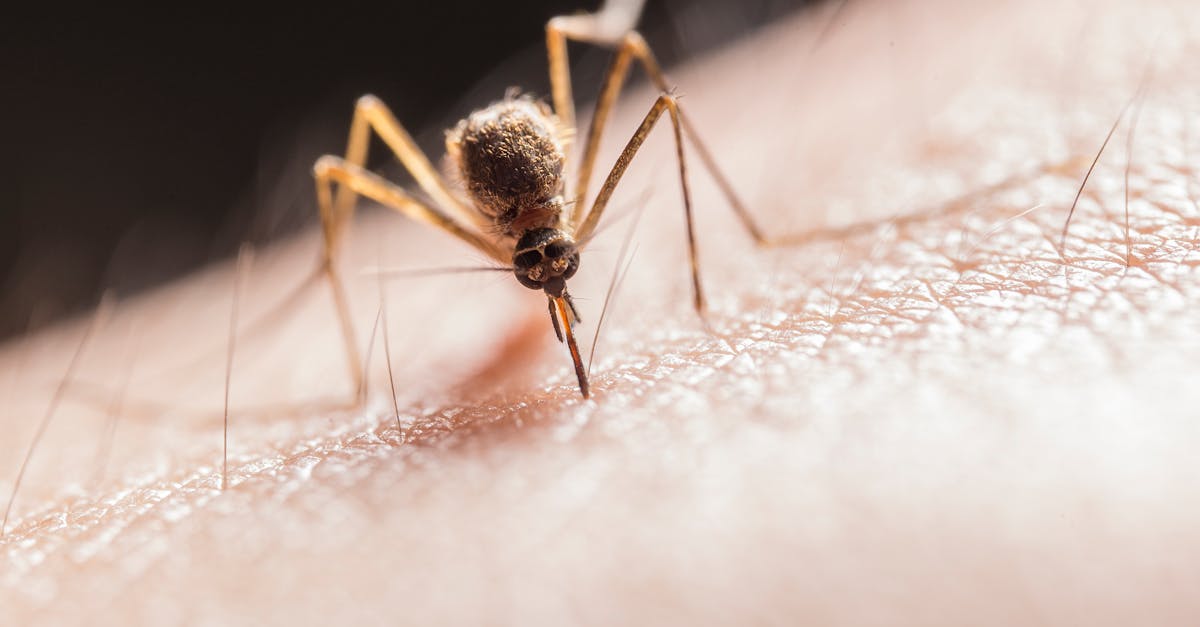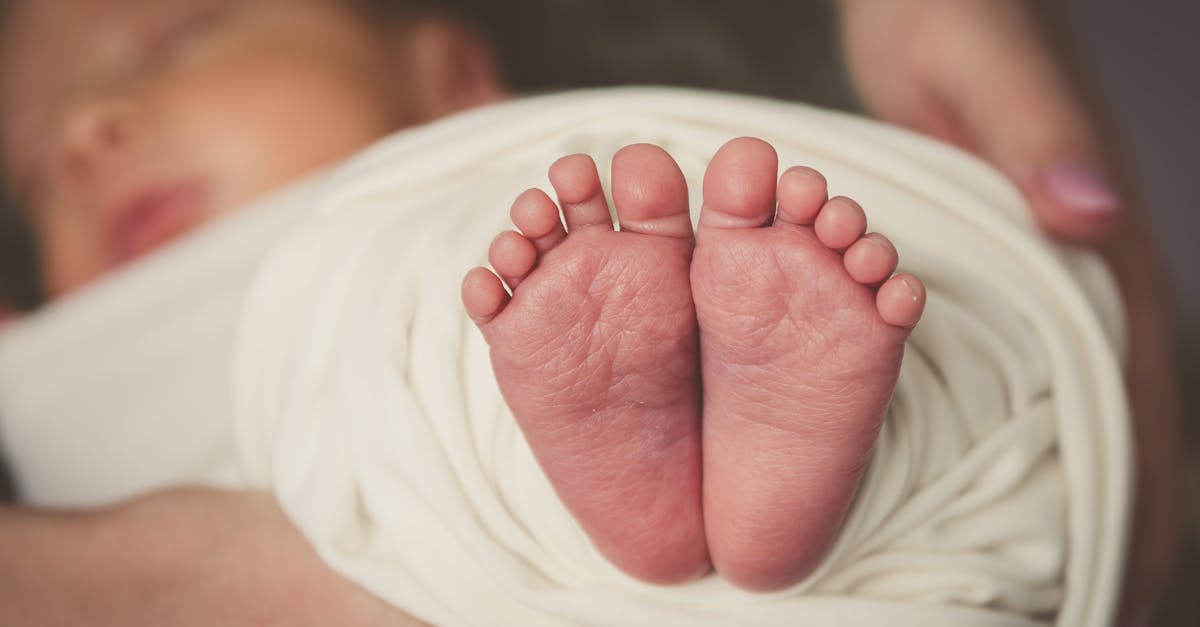Rats are known for their adaptability and can thrive in various environments, which unfortunately leads to increased encounters with humans. Understanding what a rat bite looks like is crucial for timely medical attention and prevention of infection. In this blog post, we will explore the characteristics of rat bites, including their appearance, symptoms, and necessary actions if bitten.
| Feature | Description |
|---|---|
| Size | Typically small, about 1-2 mm in diameter. |
| Shape | Round or oval-shaped puncture wounds. |
| Color | Red or pink, possibly with bruising. |
| Swelling | May experience localized swelling around the bite. |
| Discharge | Possible pus or fluid if infected. |
| Pain Level | Varies; can be mild to severe depending on the depth. |
| Location | Commonly on hands, feet, or exposed skin areas. |
| Accompanying Symptoms | Fever, chills, or other systemic symptoms may occur. |
| Healing Time | Generally heals within 1-2 weeks if no infection. |
| Prevention | Keep living areas clean and secure food sources. |
Size
The size of a rat bite is typically small, about 1-2 mm in diameter. The small puncture wounds can sometimes be mistaken for other insect bites or minor abrasions, making it essential to recognize their unique characteristics early on.

Shape
Rat bites usually present as round or oval-shaped puncture wounds. This distinct shape can help differentiate them from scratches or bites from other animals, which may have a different appearance.

Color
The color of a rat bite can range from red to pink, often accompanied by bruising. The inflammation caused by the bite can lead to redness in the surrounding area, which is a natural response of the body to injury.

Swelling
Localized swelling is a common reaction to a rat bite. The extent of swelling can vary based on the individual’s immune response and whether the bite has become infected. Swelling can be a sign of an inflammatory response or infection, and monitoring its progression is crucial.

Discharge
If a rat bite becomes infected, it may produce pus or other fluid. This discharge is often a sign of bacterial infection and should be addressed promptly with medical attention to prevent further complications.

Pain Level
The pain level associated with rat bites can vary significantly. Some individuals may experience only mild discomfort, while others may suffer from severe pain, particularly if the bite is deep or if it has become infected.

Location
Rat bites commonly occur on hands, feet, or other exposed skin areas. This is often due to accidental encounters with the rodent, especially when they are startled or feel threatened.

Accompanying Symptoms
In addition to the visible signs of a bite, individuals may experience accompanying symptoms such as fever and chills. These systemic symptoms can indicate an infection or other complications that require medical evaluation.

Healing Time
Most rat bites will heal within 1-2 weeks if there is no infection. However, the healing process can be prolonged if complications arise, necessitating close monitoring and possibly medical intervention.

Prevention
Preventing rat bites involves maintaining a clean living environment and securing food sources. Proper sanitation and pest control measures can reduce the likelihood of rat infestations and subsequent bites.

FAQ
What should I do if I get bitten by a rat?
If you are bitten by a rat, it is crucial to clean the wound immediately with soap and water. Apply an antiseptic and cover the bite with a sterile bandage. Seek medical attention, especially if you notice signs of infection such as increased redness, swelling, or pus.
Can rat bites transmit diseases?
Yes, rat bites can transmit various diseases, including leptospirosis, hantavirus, and rat-bite fever. It’s essential to be aware of the symptoms of these illnesses and seek prompt medical care if you experience any concerning signs after a rat bite.
How can I prevent rat bites?
To prevent rat bites, ensure that your living environment is clean and free of food debris. Seal any cracks or holes in your home that may serve as entry points for rodents. Additionally, consider using traps or contacting pest control services if you suspect a rat infestation.
Are rat bites serious?
While many rat bites may seem minor, they can lead to serious complications if not treated properly. Infections and diseases can arise from even small bites, making it essential to take all rat bites seriously and seek medical attention when necessary.
How long does it take for a rat bite to heal?
A rat bite typically heals within 1-2 weeks if there is no infection. However, healing time can vary based on the severity of the bite and any complications that may arise. Monitoring the wound for signs of infection is crucial for proper recovery.
References:
– [Centers for Disease Control and Prevention (CDC) – Rat-Bite Fever](https://www.cdc.gov/ratbitefever/index.html)
– [National Institute of Health (NIH) – Leptospirosis](https://www.ncbi.nlm.nih.gov/books/NBK14069/)
– [World Health Organization (WHO) – Hantavirus](https://www.who.int/news-room/fact-sheets/detail/hantavirus)
